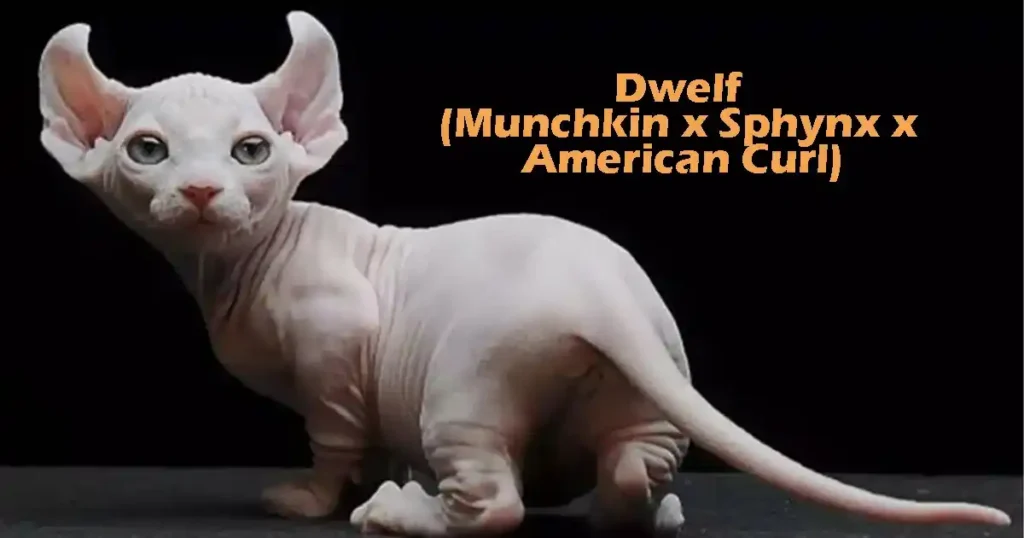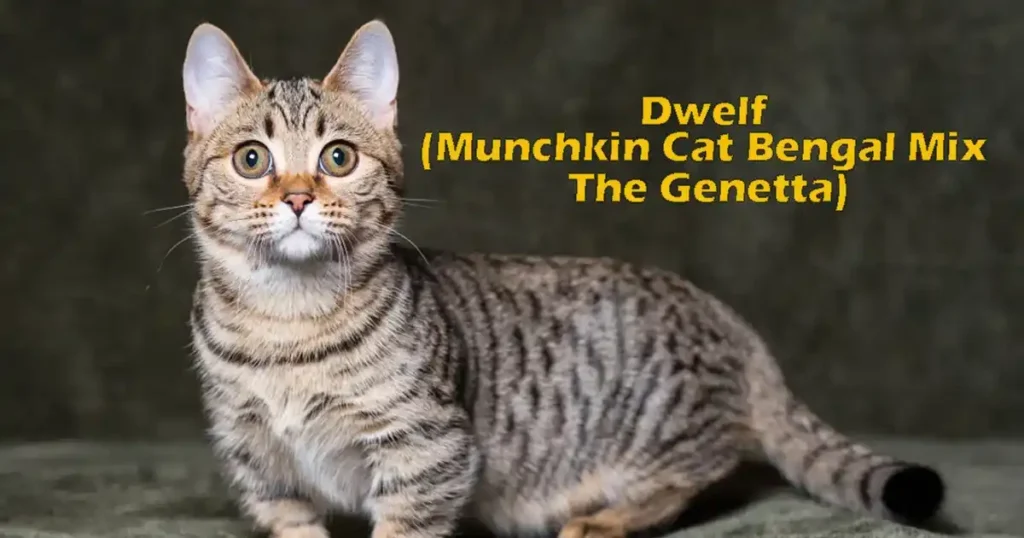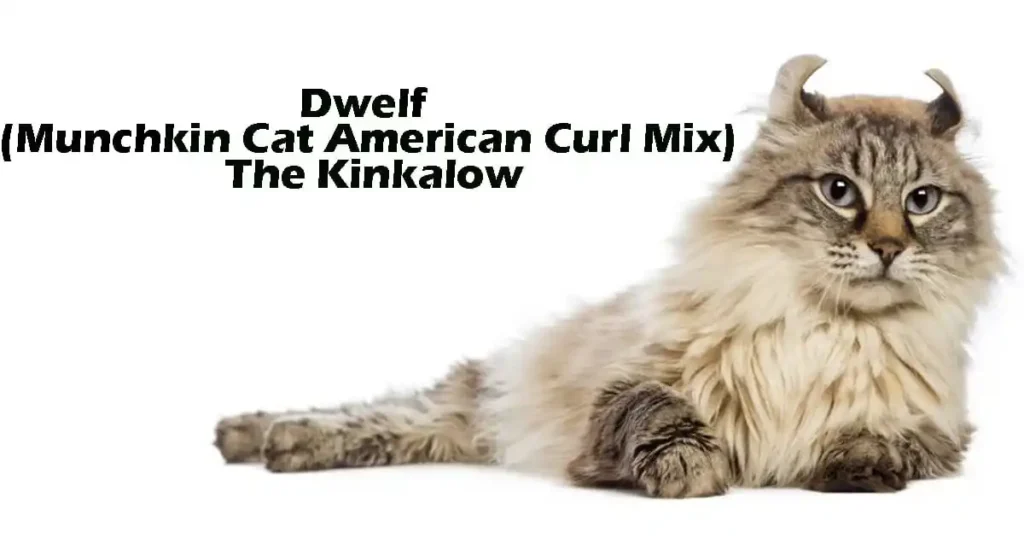Mini Munchkin cats are tiny short-legged felines that have captured hearts worldwide with their playful personalities and unique appearance. These compact cats weigh just 4-8 lbs and stand 5-7 inches tall, making them significantly smaller than standard Munchkins. But beyond their cuteness, potential owners must understand their health risks, ethical breeding concerns, and specialized care needs before bringing one home.
While Mini Munchkins aren’t a separate breed their smaller size and ultra-short legs make them stand out. They come in all coat types and colors, from fluffy long-haired variants to sleek short-haired versions. However, their dwarfism gene can lead to joint and spinal issues, meaning they require extra attention, proper diet, and low-impact exercise to stay healthy.
If you’re considering a Mini Munchkin this guide covers everything—from price ranges 800− 800−3,000+) to temperament grooming and common health problems. We’ll also answer burning questions like, “Can they jump on furniture?” and “Do they live shorter lives?” so you can make an informed decision.
Mini Munchkin cats have become a social media sensation for a reason—their tiny legs and playful charm are simply irresistible. But owning one goes beyond their appearance. From their compact size and cost to health concerns and care tips, there’s a lot you need to know. In this guide, we’ll walk you through every critical aspect of Mini Munchkin cat ownership.
Quick Summary:
-
Not a separate breed but a smaller variation of the Munchkin.
-
Weigh only 4–8 lbs and grow up to 5–7 inches tall.
-
Priced between $800–$3,000+ depending on breeder and rarity.
-
Prone to joint and spinal issues due to dwarfism gene.
-
Require special care, gentle exercise, and ethical breeding practices.
What Is a Mini Munchkin Cat?
Mini Munchkin cats are petite versions of the Munchkin breed, known for their short legs and cuddly size. Their unique look is due to a genetic mutation that affects limb growth.
-
Not a separate breed, just a smaller-sized Munchkin
-
Result of dwarfism gene (achondroplasia-like mutation)
-
Lifelong short legs, even as adults
-
Weight range: 4–8 lbs
-
Height range: 5–7 inches
-
Come in all coat types and colors
-
Extremely affectionate and attention-seeking
Despite their small size, Mini Munchkins have huge personalities and thrive in loving homes that understand their needs.
Mini Munchkin vs. Standard Munchkin Cats
The difference between Mini and Standard Munchkins lies in their size not breed classification. Both share the same genetic base, but Minis are bred to be even smaller.
-
Mini: 5–7 inches tall | Standard: 6–9 inches
-
Mini: 4–8 lbs | Standard: 5–9 lbs
-
Mini has ultra-short legs; standard has moderately short legs
-
Mini often costs more due to rarity
-
Higher risk of health issues in Mini due to extreme dwarfism
-
Both are friendly and active by nature
If you prefer a more compact version of an already-small breed, Mini Munchkins offer just that—but come with extra responsibilities.
How Small Do Mini Munchkin Cats Get?
Size is a big selling point for Mini Munchkins. These felines are among the smallest domesticated cats and stay tiny for life.
-
Weight: 4–8 lbs
-
Height: 5–7 inches at the shoulder
-
Body: Compact but proportionate
-
Kittens fit in the palm of your hand
-
Reach adult size by 12 months
-
Legs stay visibly shorter than average
-
Often mistaken for kittens even as adults
Their adorable size is permanent, but don’t be fooled—they require just as much care and attention as any larger cat.
Types & Colors of Mini Munchkin Cats
Mini Munchkins can flaunt a wide range of coat types and colors, making each one truly unique in appearance.
-
Long-haired: Soft and fluffy but needs frequent brushing
-
Short-haired: Sleek and easier to maintain
-
Hairless: Rare, require skin protection and special care
-
Coat colors: Black, white, grey, orange, cream
-
Patterns: Calico, tortoiseshell, tabby, tuxedo
-
Eye colors: Blue, green, gold, and odd-eyed variations
-
Some rare combinations command higher prices
No matter their coat or color, the Mini Munchkin’s tiny legs remain their most iconic feature.
Mini Munchkin Cat Price Breakdown
Mini Munchkin cats are more expensive than most breeds due to their rarity and specialized breeding.
-
Reputable breeder: $800–$3,000+
-
Backyard breeder: $500–$1,500 (avoid due to health risks)
-
Rescue or adoption: $100–$500 (rare availability)
-
Coat color and rarity influence price
-
Hairless or exotic-colored Munchkins cost more
-
Urban areas often have higher breeder rates
-
Health-tested kittens are priced at a premium
Avoid bargain deals—they usually lack health testing and ethical breeding practices.
Are Mini Munchkin Cats Healthy?
These cats are generally healthy but have specific health vulnerabilities due to their genetics.
-
Joint issues like arthritis and lordosis
-
Risk of spinal deformities
-
Can’t jump as high, so mobility is limited
-
Prone to obesity, which worsens joint problems
-
May have heart and lung issues in extreme cases
-
Not hypoallergenic despite being small
-
Lifespan: 12–15 years with proper care
While not inherently unhealthy, Mini Munchkins need proactive care to avoid long-term complications.
Mini Munchkin Cat Care Tips
Caring for a Mini Munchkin requires adjustments due to their small size and physical limitations.
-
Feed high-protein, low-carb meals
-
Offer small, frequent meals to aid digestion
-
Use low-profile litter boxes for easy access
-
Provide ramps or steps for furniture
-
Choose soft, low cat trees to prevent injury
-
Avoid excessive jumping or high-impact play
-
Schedule regular vet visits for joints and spine checks
A few lifestyle changes can make all the difference in your Mini Munchkin’s comfort and health.
Personality & Behavior of Mini Munchkin Cats
Mini Munchkins are more than just cute—they’re affectionate, curious, and love human interaction.
-
Highly sociable and people-oriented
-
Enjoy cuddles and lap time
-
Curious explorers, but within safe limits
-
Do well in apartments or small homes
-
Adaptable to different living situations
-
Can experience separation anxiety when left alone
-
Great with kids and other pets if introduced properly
Their gentle demeanor and playful attitude make them ideal companions for all types of families.
Common Myths About Mini Munchkins
There’s a lot of misinformation floating around about these tiny cats. Let’s debunk a few myths.
-
“They’re a separate breed” – No, just a size variant
-
“They’re in constant pain” – Not true with proper care
-
“They can’t jump at all” – They can, but to lower heights
-
“They stay kitten-like forever” – Size-wise, yes; behavior-wise, no
-
“They’re teacup cats” – No such official classification
-
“They’re hypoallergenic” – Not true
-
“They’re fragile” – They’re sturdy if properly raised
Understanding the truth helps you become a more responsible and informed pet owner.
Where to Find a Mini Munchkin Cat
Finding an ethical source is crucial if you’re planning to bring one of these cuties home.
-
Look for breeders who do genetic health testing
-
Visit the cattery to assess cleanliness and kitten health
-
Ask for references or reviews from past buyers
-
Avoid listings on general classifieds (e.g., Craigslist)
-
Consider rescue organizations for retired breeders
-
Get a written health guarantee
-
Be prepared for a waitlist from reputable breeders
Taking your time to find the right breeder ensures your cat lives a long, happy life.
FAQs
Are Mini Munchkin cats in pain?
Not typically, but joint problems can develop—routine vet care is essential.
Can they jump on furniture?
Yes, but not high—steps or ramps are recommended.
Do they live shorter lives?
No, most live 12–15 years with good care.
Are they hypoallergenic?
No, but short-haired ones shed less.
How do I find a reputable breeder?
Choose one with health guarantees, transparency, and positive reviews.
Conclusion
Mini Munchkin cats may be small in size, but they bring huge joy and companionship to the right home. While their appearance makes them popular, they come with unique care requirements and potential health risks. Always prioritize ethical breeding, proper veterinary care, and a safe environment. With the right commitment, your Mini Munchkin will reward you with years of love and loyalty.



